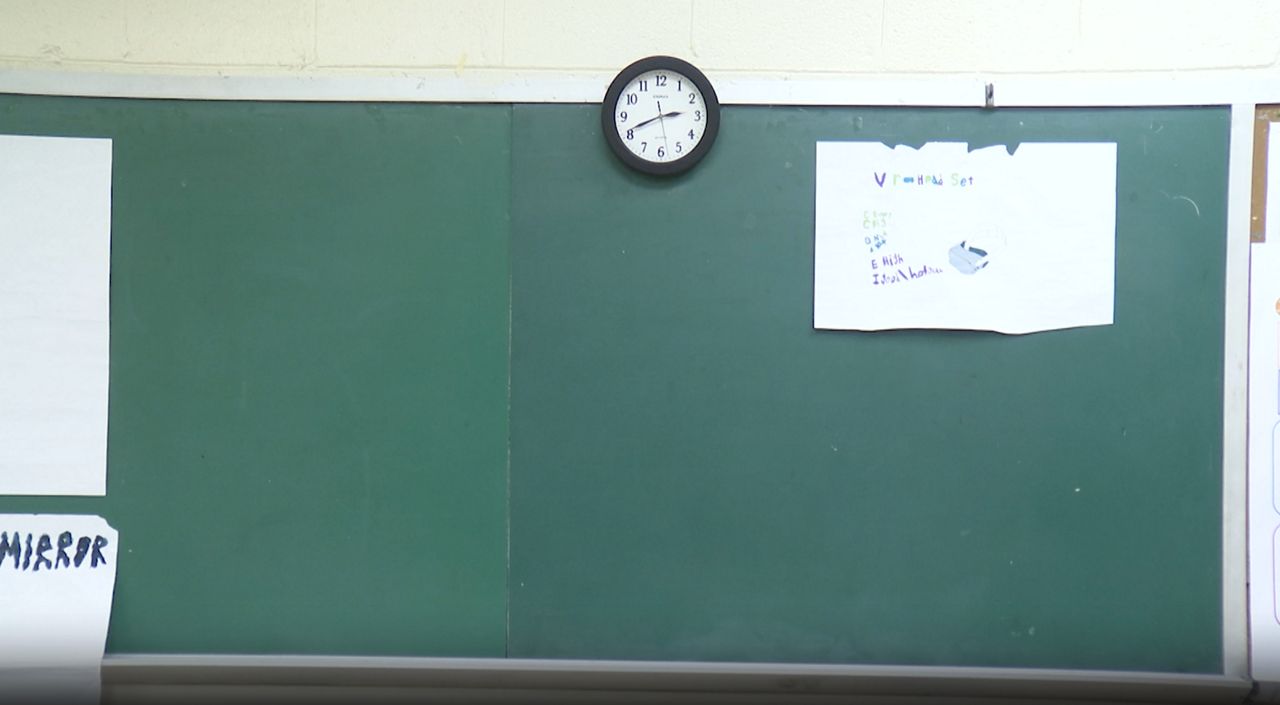This special features three stories about the flight to control the rise of diabetes in the United States, as well as commentary from our reporters. You can watch or read each story individuallly by clicking the links below.
More than 37 million Americans are living with diabetes; another 96 million are prediabetic, making it among the most widespread health conditions in the U.S. It can also be among the most debilitating — when not well-managed, it can cause heart disease, kidney failure, blindness and even lower limb amputation. However, for the millions dealing with type 2 diabetes, it is also one of the most treatable chronic diseases. In this special, collaborative report, National Health Reporter Erin Billups and Political Anchor Errol Louis look at the full scope of the diabetes crisis and what it will take to turn it around.
We begin with a trip to the diabetes belt that stretches along the Southeastern United States. We focus in on the Mississippi Delta — a region with some of the highest diabetes rates in the nation. Here we see the devastating effects of the disease up close. We speak with patients who have lost limbs because of diabetes complications and one doctor on a mission to stop the disease’s disproportionate impact on his community, and ultimately its impact across the nation.
We then travel to New York City to highlight different methods the medical community is using to fight the epidemic, with a focus on programs that use lifestyle changes as their center point. Experts and patients attest to how, despite its looming presence in many American’s lives, diabetes is not inevitable, and with the right treatment and support, it can, in many cases, even be reversed.
But patients and doctors can’t do it on their own. Advocates say widespread policy changes, which require substantial funding, are crucial. For our final chapter, Errol sets out to explore why the largest health issue facing the country has been largely unaddressed by government leaders. Errol takes up the issue with advocates and lawmakers across the country, asking, what can and should be done to finally turn the tide of the diabetes epidemic.









